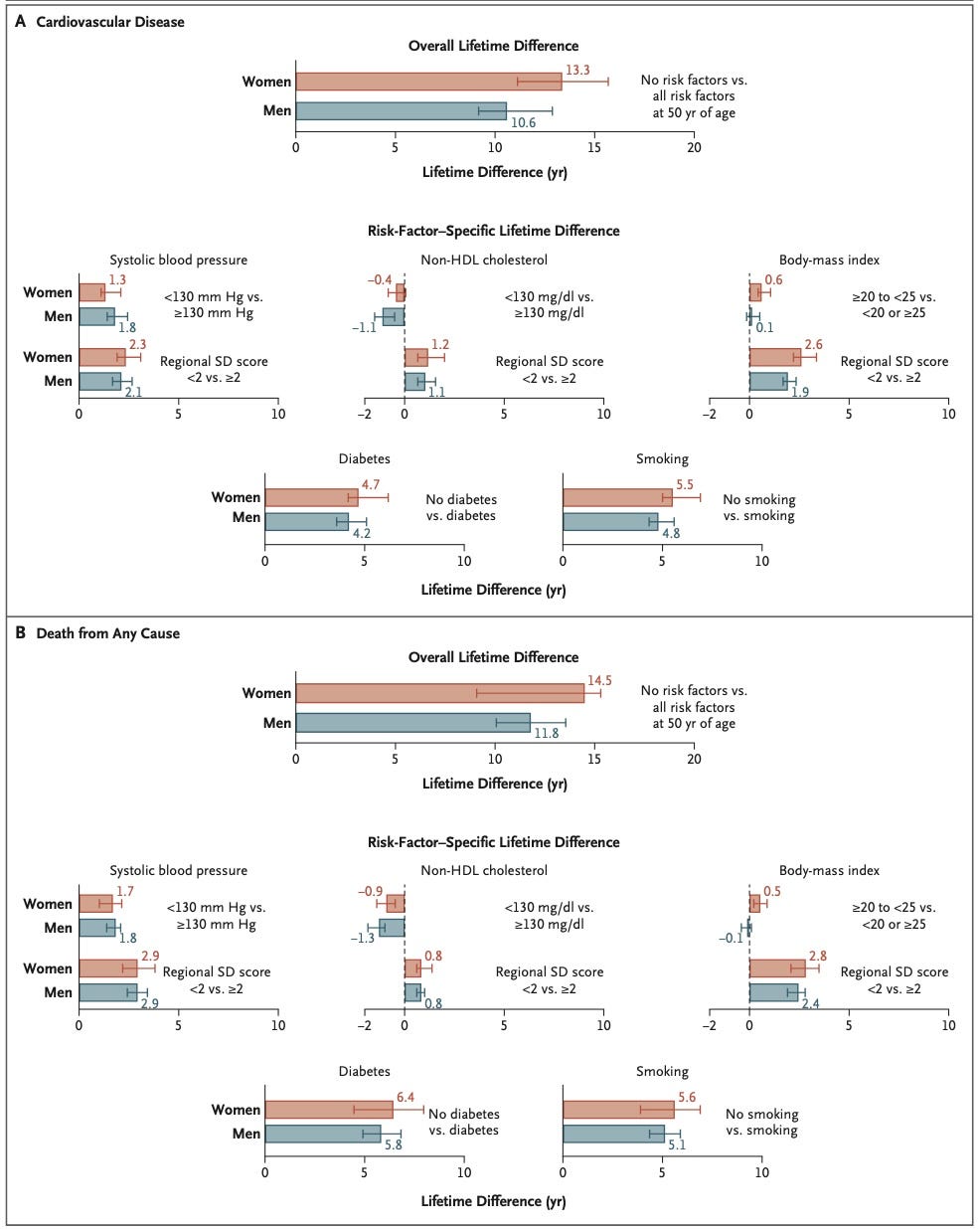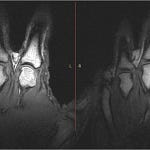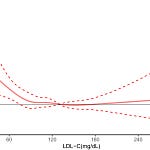I learned years ago that people’s beliefs about medical care are often religious. That is, they’re built on faith, not evidence. That’s not always a bad thing. Faith in the patient-doctor relationship can, quite literally, lead to physical and biological healing. Extensive data proves it.
But using faith in the absence of good data is more often harmful than helpful. One historical example is bloodletting, a treatment used for hundreds of years without data. A more modern example is Paxlovid, a Covid drug that never worked but was hailed and touted based largely on faith and hope. The fact that it’s still used, even after it failed in every relevant trial, is testament to the stickiness of faith.
Last week the New England Journal of Medicine, however, published a faith-busting article, a study I alluded to in May just after it was pre-released online. The faith under siege in the new paper is Cholesterolism. The Cholesterolites are a proud missionary people, with strong traditions of vehemence and certitude.
But do they seek the truth?
We’ll find out, as the findings from this new study sink in. It is the largest ever examination of the classic risk factors for heart disease and death, combining 133 study cohorts from 39 countries around the world, and representing just over 2 million participants. Established in the mid-20th century, the five classic modifiable risk factors are high blood pressure, smoking, high cholesterol, diabetes, and obesity. Each study interviewed and examined participants at the outset and periodically, drawing blood for testing, and following them for years. In many cases the follow-up lasted decades, with one study extending for nearly 50 years.
All of which means there is unlikely to ever be a paper more reliable or more valid for estimating the general importance and impact of the individual classic risk factors for heart disease and death.
Which is why it will be difficult for truth-seeking Cholesterolites to stay in the fold. Below are the two figures from the study that estimate the impact of each individual risk factor, and all of them combined. At the top of each panel is the impact of all five, i.e. of being an obese, diabetic, smoker, with high blood pressure and high cholesterol. Below are the individual risk factors. Impact is measured in years of heart disease added (top panel) and years of life lost (bottom panel).
What is obvious, and jarring, is that only one of the five factors consistently has either zero impact, or even a negative impact. While diabetes and smoking are by far the most powerful, taking 5-6 years of life each, high blood pressure takes roughly two years. Obesity is more equivocal, but at extremes can represent up to three years of life lost.
Meanwhile, high cholesterol stands alone as the only classic ‘risk factor’ on the wrong side of the ledger, appearing to ADD YEARS OF LIFE.
This is, to be frank, no surprise for those versed in cholesterol study data. This is not new. What’s new is its publication in one of the worlds best known journals and its pedigree, arising from the largest and most rigorous dataset in history. These findings cannot be denied or swept under the rug.
Why is it so important? Because for years the medical community has been playing a Cholesterol Charade, pretending not to notice findings that are fundamentally inconsistent with the notion of cholesterol as a risk factor. To find therapies for preventing or treating heart disease, data must first establish an association with heart disease and death. When found, studies can then attempt to treat or modify that risk factor. If it can be modified, studies must then show it saves lives to do so.
That is how high blood pressure became a proven, effective target: Elevated BP was consistently associated with heart disease and death. Studies then showed it could be lowered with medicine, and later studies showed doing so saved lives. First comes the association, then the treatment, then the proof of effect. In the case of cholesterol the first link in the chain has been absent all along.
Which explains why and how lowering cholesterol could never be an effective path to preventing heart disease or prolonging life. And why the statins, and other cholesterol-lowering drugs, have failed so miserably.
The sect of Cholesterolites is doomed to extinction. It may take years or even decades, but history will shake its head at the strange blind spot we developed for cholesterol and its role in heart disease.
****
For a more in depth look at the study, and its context in the history of cholesterol data, listen to today's audio and definitely check out the written or audio version of my prior post, The Cholesterol Charade: How Statins Debunked the Lipid Hypothesis.













